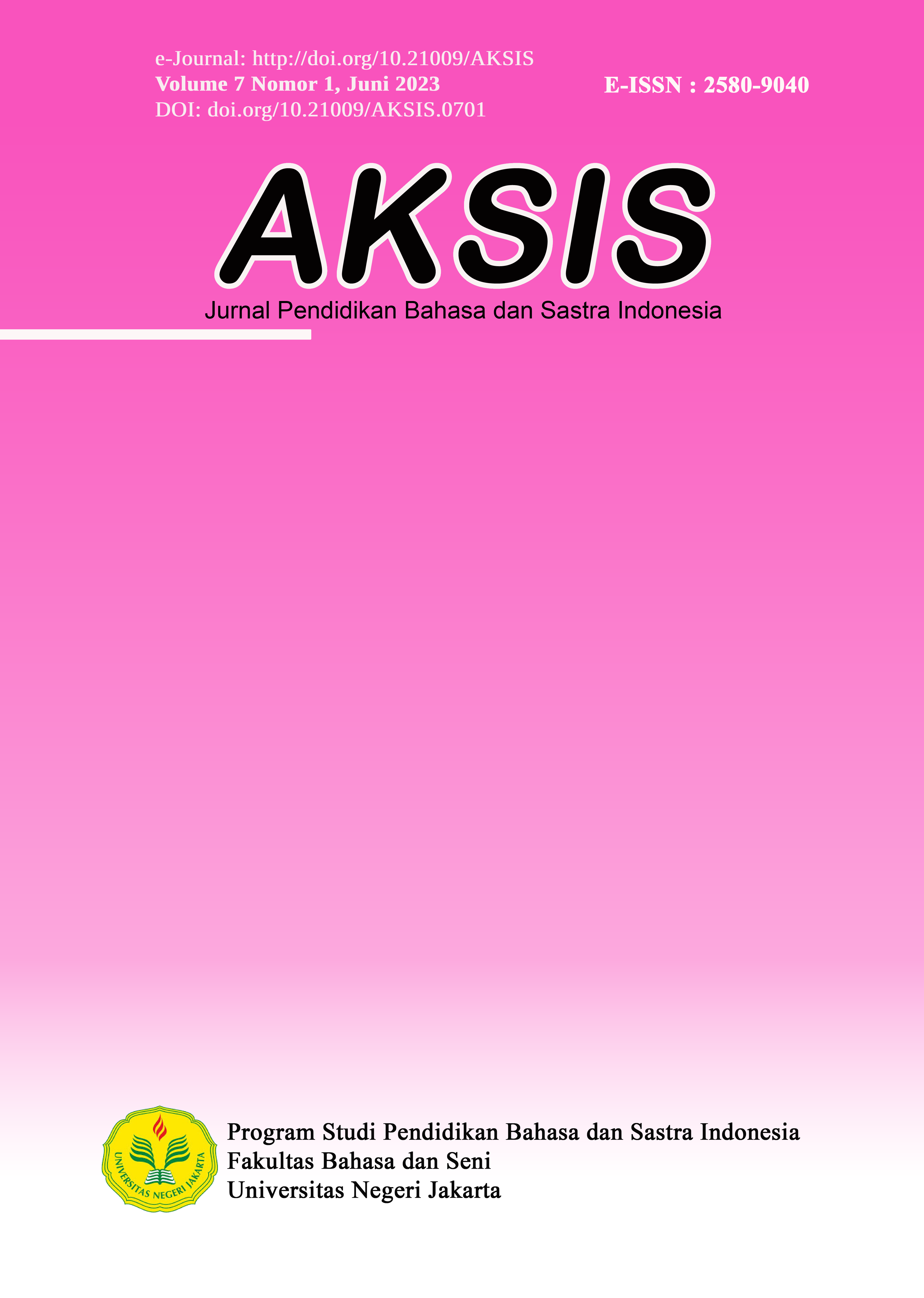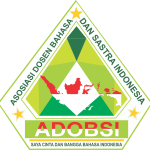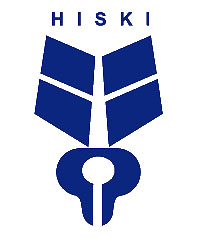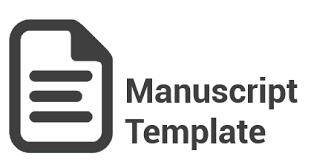Intrinsic Elements and Moral Values in The Anthology of Aim Short Stories by Kholifatul Fauziah
DOI:
https://doi.org/10.21009/AKSIS.070105Kata Kunci:
short story, intrinsic, moral value, structuralAbstrak
The selection of AIM's short story anthology aims to understand and know the aspects of structuralism and moral values. The research design used is descriptive qualitative. The source of the data for this study was the Anthology of the short stories Aim by Kholifatul Fauziah and DPND Class which were then chosen as the object of research because this anthology of short stories contains many elements of literary works and a clear moral message. This research was conducted in several stages, namely: (1) the planning stage, listening and reading carefully the AIM Short Anthology. (2) the implementation stage, collecting data, classifying and analyzing the structural approach in short stories. (3) the reporting stage, involving the writing and publication of the results of this research so that they can be read, known, and used by other people who need them. The results of the research show that the intrinsic structure in structural studies is in the form of themes, plot, characters and characterizations, setting, point of view, style of language, message, and moral values. This structure can be a successful builder of conveying the meaning of the story from the writer to the reader.
Referensi
Eliyanti, E., Taufina, T., & Hakim, R. (2020). Pengembangan Bahan Ajar Keterampilan Menulis Narasi dengan Menggunakan Mind Mapping dalam Pembelajaran Tematik di Sekolah Dasar. Jurnal Basicedu, 4(4), 838–849. https://doi.org/10.31004/basicedu.v4i4.439
Faiziyah, A. (2017). Tranformasi Nilai-nilai Religius dalam Pembentukan Karakter. Jurnal Pendidikan Dan Studi Keislaman, 7(1), 12–21.
Fitriana, D. A., Sulton, S., & Wedi, A. (2020). Pengembangan Bahan Ajar Keterampilan Menulis Esai dan Cerita Pendek untuk Santri. Jurnal Pendidikan: Teori, Penelitian, Dan Pengembangan, 5(1), 101. https://doi.org/10.17977/jptpp.v5i1.13149
Kurnia, R. (2020). Pengembangan Bahan Ajar Keterampilan Menulis Narasi Menggunakan Model Brainwriting di Sekolah Dasar. Journal of Vocational Education and Information Technology, 1(1), 1–6.
Marlinah, & Mu’awwanah, U. (2017). Pengembangan Bahan Ajar Menulis Cerita Kreatif dapat Meningkatkan Keterampilan Menulis Anak. Jurnal Primary, 9(1), 131–142.
Nugroho, L. D., & Suseno. (2019). Analisis Nilai Moral pada Cerpen Surat Kabar Suara Merdeka Edisi Bulan Oktober Sampai Desember 2017 sebagai Alternatif Bahan Ajar SMA Kelas XI. Jurnal Pendidikan Bahasa Dan Sastra Indonesia, 8(2), 115–119.
Nurgiyantoro, B. (2013). Teori Pengkajian Fiksi. Gadjah Mada University.
Oktaviani, R., Ansoriyah, S., Purbarani, E., & Jakarta, U. N. (2022). Syllabus Development of Language Editing Courses Indonesia Based on Information and Communication Technology Integrated XXI Century. 6, 52–61.
Oktaviani, R., & Marliana, N. L. (2021). Pengembangan Model Pembelajaran Project Based Learning pada Mata Kuliah Penyuntingan Bahasa Indonesia Berbasis Teknologi Informasi dan Komunikasi.
Rahimi, R., & Selian, S. (2022). Pengembangan Bahan Ajar Menulis berbasis Model Pembelajaran Kolaboratif untuk Meningkatkan Keterampilan Menulis Siswa kelas SMP. JRTI (Jurnal Riset Tindakan Indonesia), 7(2), 120. https://doi.org/10.29210/30031680000
Saputro, A. N. (2017). Pengembangan Buku Ajar Menulis Cerita Pendek Yang Berorientasi Pada Karakter Cinta Tanah Air. Indonesian Language Education and Literature, 2(2), 192–202. https://doi.org/10.24235/ileal.v2i2.1199
Sufanti, M., Nuryatin, A., Rohman, F., & Waluyo, H. J. (2018). Pemilihan Cerita Pendek sebagai Materi Ajar Pembelajaran Sastra oleh Guru Mata Pelajaran Bahasa Indonesia SMA di Surakarta. Jurnal Penelitian Humaniora, 19(1), 10–19. https://doi.org/10.23917/humaniora.v19i1.6164
Wibowo, S. E. (2016). Pragmatik. CV. Sarnu Untung.
Winarni, R. (2013). Kajian Sastra. Widya Sari Press.






